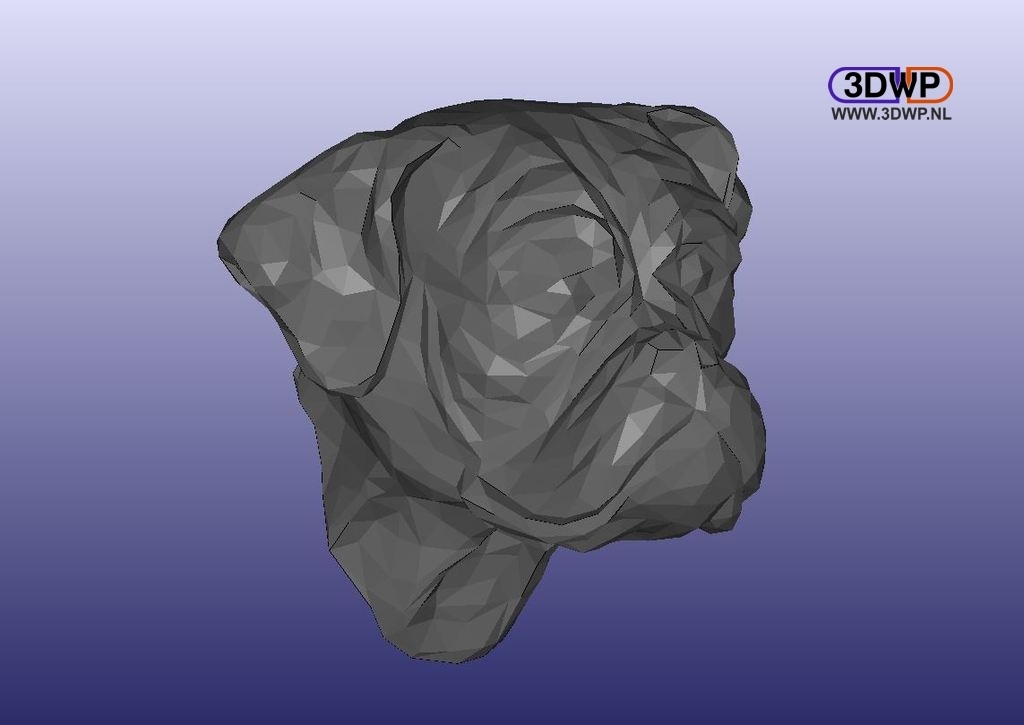
This option is off by default because it is useful only in particular situations, like when you have perfectly flat areas finely tessellated. Like the quality threshold it affects the accuracy/complexity ratio. It can greatly improve the quality of the shape of the final triangles on perfectly planar portions of the mesh. This option is on by default.Īdd additional simplification constraints that try to preserve the current shape of the triangles. If disabled, the edges are collapsed onto one of the two vertices and the vertices of the final mesh are a subset of the original mesh. When collapsing an edge, the chosen vertex position minimizes the current estimated error. Optimal position of simplified vertices: Yes The value is in the range : 0 accept any kind of face (no penalties), 0.5 penalize faces with quality Normals, Curvature and Orientation > Re-Orient all faces coherently (note that this will only work for manifold objects). To approximate accurately the original shape only with well shaped triangles you require a higher number of faces with respect to allowing more freedom in the final triangle shape. Chances are that your 3D application already has this built-in, otherwise the open source tool MeshLab offers an excellent alternative. Fortunately there's a solution known as polygon reduction (also known as mesh decimation). Quality threshold affects the simplification penalizing bad shaped faces. Some tools like ZBrush can quickly create a high polycount, so its easy to run into this limit. Selecting a value of 1 yields great results.


Fortunately theres a solution known as polygon. Target number of faces - The number of faces you would like your mesh to haveĮnter a value between 0 and 1 here the higher the value, the harder MeshLab tries to stick to your original model's shape. Some tools like ZBrush can quickly create a high polygon count, making it easy to exceed our upload limits.


 0 kommentar(er)
0 kommentar(er)
